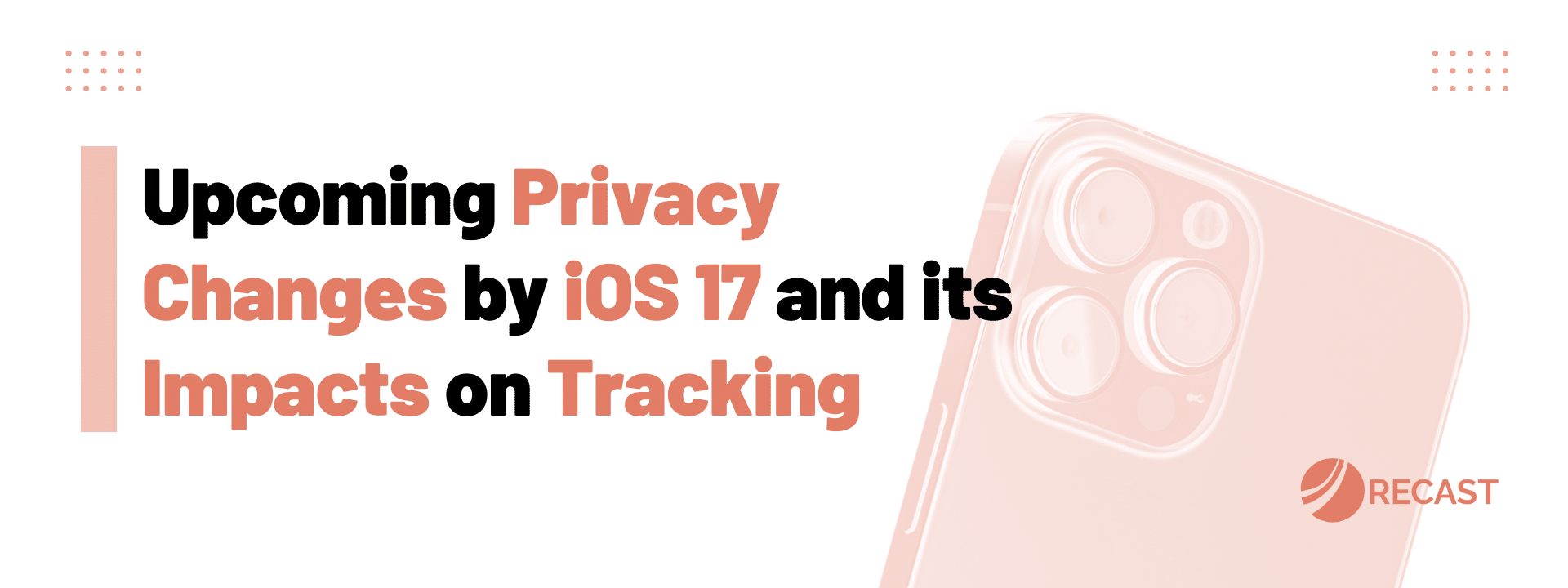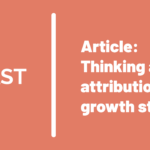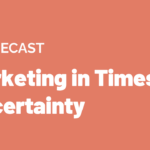Every marketer whispers “here we go again” to themselves every time a new iOS update from Apple is announced. And it makes sense – iOS14 completely changed the way brands run paid social, and iOS 15 made us question open rates.
With increased privacy regulations, marketers who rely on digital tracking are losing more and more visibility. Every iOS update tends to be another step towards brands not being able to rely on multi-touch-attribution as their measurement method.
So, here we go again:
Apple’s new iOS 17 update has been live to the public since mid-September, with expected widespread adoption by Q1 of 2024.
What is the iOS 17 update and the Link Tracking Protection?
The most important element marketers should be aware of is the Link Tracking Protection.
The LTP will now find and eliminate user-identifiable parameters from URLs, and it will be set up by default on Apple’s Mail app, Messages, and Safari’s Private Browsing mode.
These parameters are used to track the users’ activity across their buying journey, and they’re often used by Google, Meta, and affiliate platforms.
While Apple will still offer private click measurement attribution, it won’t track individual user data. This is another move towards more privacy for Apple consumers while, simultaneously, reducing the data available to marketers and social media platforms / ad networks.
How will the Link Tracking Protection impact marketers?
Long story short: it’s not Judgement Day, but it will be just a little harder to track people across the internet – which is already way harder than what it used to be before iOS 14.
Yes, you might see an impact if the tools you work with use Click ID, which is the key parameter that this update will remove from links. Early tests have shown that Facebook Click was deleted, but MailChimp Click IDs, Klaviyo Click IDs, and TikTok Click IDs were not. This update is still in its early days, so this might change over time.
Still, most tracking tools do not operate through the Click ID parameters. And, while you should keep an eye on the ad networks and email tools that do use it, it should not make a large negative impact.
Also, while Safari is the default browser for almost all Apple users, this update will affect Safari only on private browsing mode – which is not the default setting for browsing and the standard for just a small percentage of users (there were rumors it would be the default setting, but it is not).
The potential problem with this update is around email and SMS tracking:
Will the iOS 17 update impact email and SMS tracking?
If Klaviyo and Mailchimp get their Click IDs removed through Apple mail, this can have more of an impact since 58% of Apple users use it.
Think of it like this:
Let’s say you want to create an email campaign and segment it by people who take a certain action – they click on a link, for example. Those that click, you send them into an email flow. Those that don’t click, you decide to stop the flow there.
After iOS 17, you will have much more limited visibility. 58% of Apple users will be a significant number of your email list, and you will not be able to tell if they clicked on that link or not – making your email segmentation biased.
It doesn’t seem to be the end of the world, but it’s worth noticing – especially for brands with complex email flows.
Taking a step back – where do we go from here?
The iOS 17 is a manageable update, but the direction that Apple is taking has been clear for quite some time now. We will see more emphasis on privacy and more regulations will be implemented, which will mean that marketers get less accurate data from multi-touch-attribution.
Many consumer brands have trusted their attribution and budget allocation decision-making on tracking people across their journey – but these changes have reshaped and limited what’s possible.
Marketers now live in a new world where we need to modernize traditional measurement models and not rely on digital tracking which, after all, has only been a quick bleep in the history of marketing.
Marketing Mix Modeling can be a great alternative for some consumer brands because it doesn’t rely on tracking and follows all privacy regulations. If you’re interested in learning more, here’s how it works.



